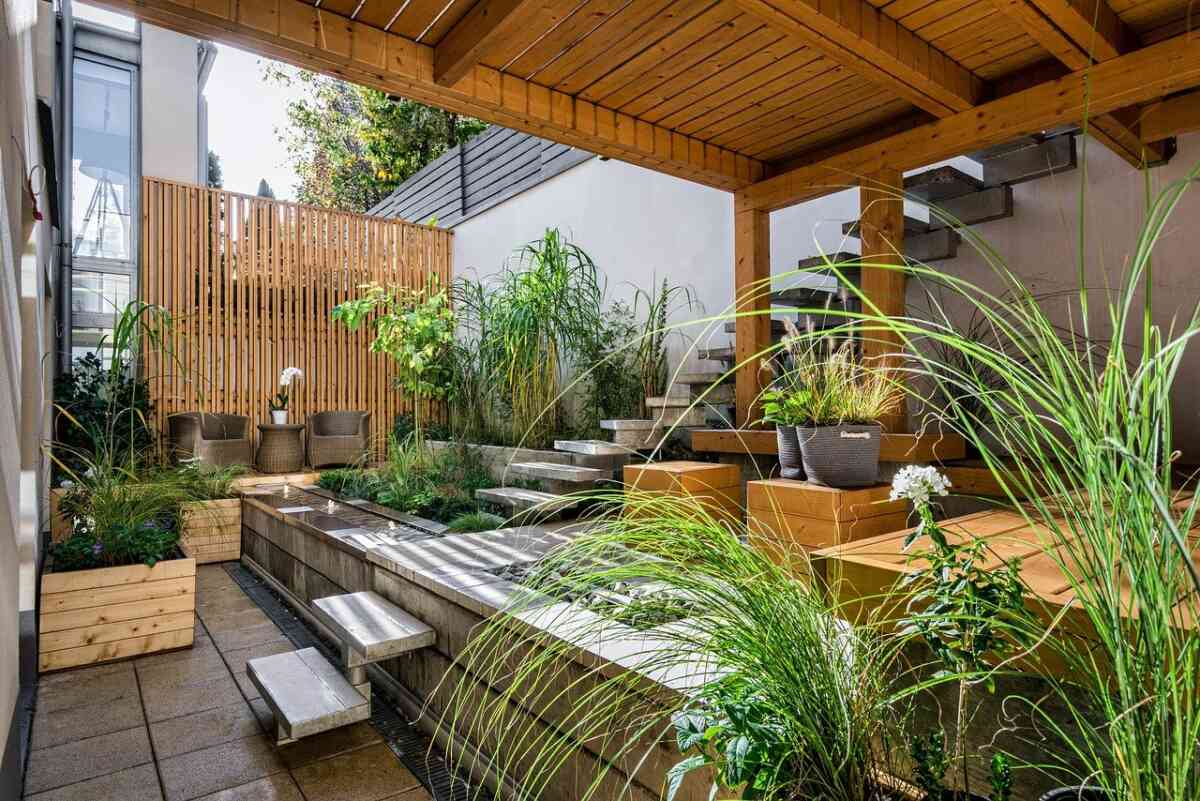What Mulch to Use For Landscaping
When landscaping, it's essential to select the most suitable kind of mulch for your needs. Mulch could cause harm to your plants as well as other plants. The most beneficial mulch is natural organic, organic, or inorganic It can also improve the soil's structure. You can also choose geotextile. The most suitable type of mulch for your landscape is determined by your desired effect, the climate, and your budget. Read the rest of the article to discover how to select the best mulch for you.
https://www.thedetailguysmd.com/
Natural
If used correctly, natural mulch for landscaping provides several benefits to the natural environment. It can be used to beautify your landscape, keep weeds out and hold in moisture. There are different types of mulch, so knowing the best one for your landscaping plan can help you achieve your goals. There are two types of mulch available: organic and inorganic. They can be found in your local nursery or mulch supplier. Organic mulches are healthier for the environment than inorganic or non-biodegradable materials because they degrade as they age.
Natural mulch can be a great choice to landscape. However there are potential dangers. Compaction of the soil is one of the risks that can lead to permanent damage. Heavy rainfall and hail can cause soil to compact. Natural mulch is simple to maintain, yet it is crucial for the health and wellbeing of your plants. Even soil that is pliable can be eroded without mulch. Water will search for the lowest point of an area, and take away your topsoil if there is not enough protection.
Organic
There are several types of organic mulch that can be used for landscaping. There are wood chips and large softwood bark chips, which release nutrients slowly. Wood chips originate from fir, oak, or cedar trees. The best use for wood chips is in perennial gardens, as well as on slopes. They are not suggested to be utilized in vegetable gardens. Wood chips can be used in the vicinity of the trees and shrubs. They are a great choice for gardens that don't require the preparation of soil.
The fall and late summer are the ideal times to mulch organically your garden. It protects the soil from winter cold. Based on the type of plants you have, you may utilize organic mulch to help keep plants in good health throughout winter months. Organic mulch is made from the decomposition of organic matter such as leaves, grasses and grasses, as well as shredded bark, pine needles and straw. It will slowly begin to fall apart when you include organic nutrients in your soil after it is applied.
Inorganic
Inorganic mulch for landscaping has similar benefits to organic mulches, for example, controlling weeds and keeping soil moisture. It can also cool soil temperatures and allow plants to develop their roots up to the mulch line. Mulch may make soil hot for plants, which can affect their beauty and health. There are a variety of options for organic mulch. These include stones, gravel and metallic Tarps.
It is possible to choose between organic or synthetic mulch. This type of mulch does not break down over time, therefore it does not release nutrients to the soil. Inorganic mulch can be more costly initially, however it's more durable than organic mulch , and does not require replacement as often as organic mulch. Also, it doesn't attract pests, so it is the best choice for anyone seeking a long-lasting solution.
Geotextile
Geotextile mulch is a great option to beautify your garden. However, it is crucial to keep it free of the way of weeds and plants. Geotextiles are more tolerant of soil that is free of weeds. Lay the geotextile fabric on the ground, cut it to fit around the base of the plants, and then apply mulch on top. This will improve the appearance of your landscape and also reduce the sun damage.
The geotextile landscape fabric is made of polypropylene fibers that allow water to flow through. This lets soil breathe while retaining moisture. Geotextile landscape fabric comes with an ability to filter, which prevents aggregates from moving and retaining soil moisture. Geotextile fabric is a great option to manage weed growth. It filters water , and releases it to the soil. It also promotes drainage and growth of plants. Before you choose the right geotextile material for landscaping, however it's crucial to take into consideration the weight and thickness. The thicker fabric is more likely to suppress weeds, while lighter ones permit water to move more easily.

